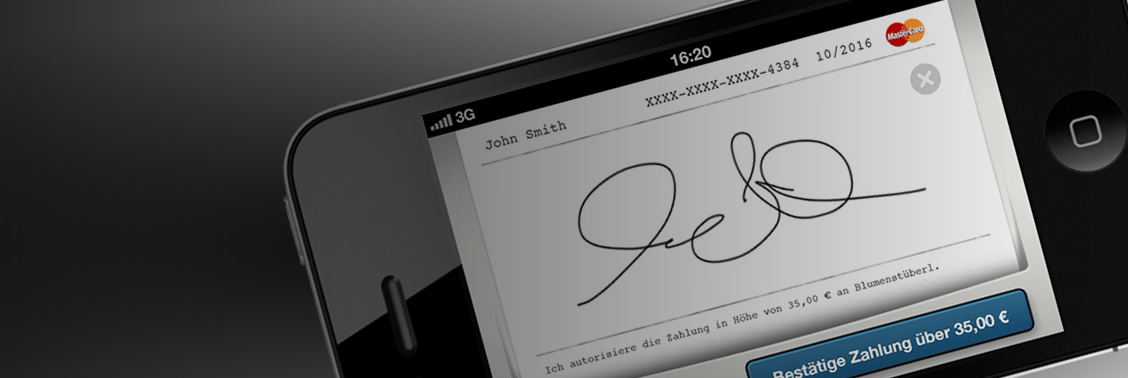Is the cash register following the fax machine into the Great Technology Graveyard? Without a doubt, the answer is yes—especially for small businesses.
Mobile point-of-sale (POS) systems, which combine a credit-card reader that communicates with a smartphone or tablet app, are clearly taking over. Shipments of new mobile POS devices in general are projected to increase more than 95 percent worldwide this year according to IHL Group, a global research firm. Analysts expect mobile POS usage to proliferate in department stores, restaurants, and other businesses both large and small.
But is a mobile POS system right for your small business? We look at the pros and cons, and share the main options you should consider.
The Pros of Mobile POS
1. Make it easier for customers to pay. Instead of having to stand in a check-out line or wait for the check, a sales clerk or restaurant server can swipe the customer’s credit card on the spot. It’s a timesaving convenience many customers will appreciate.
2. Sell more products. Not long ago, airline flight attendants would only accept cash for food and drink purchases or had to deal with cumbersome credit card transactions. Now, all they have to do is swipe your card on a mobile POS device—this lets airlines sell more food and beverages in flight. Nordstrom reported a 15.3 percent increase in sales after implementing mobile POS systems in some of its stores. If it works for them, it may work for your small business.
3. Give employees more flexibility. There are lots of ways a mobile POS can give sales-floor staff, restaurant servers, and others more flexibility. For example, a local retailer could set up an impromptu sidewalk sale. Sales-floor staff, stationed outside, could accept credit cards on the mobile POS system.
4. Stay close to customers. A mobile POS lets your workers stay with customers from the moment they arrive until they pay for their items or meals. This can help enhance the customer experience and build a rapport between customers and employees.
5. Simplify fees and expenses. Most traditional POS systems use a dedicated computer running POS software. The computer links to a cash drawer and a receipt printer. Typical costs for such systems run $1,500 or higher, along with fees charged by credit card companies. The bankcard fees usually include interchange fees (which is the largest chunk of the fee charged) plus assessments. By comparison, mobile POS systems that leverage smartphone and tablet apps simplify things by offering a single-rate. The combination of simplicity plus the mobility is why you often see mobile POS systems used by food truck vendors, home contractors, and many solo entrepreneurs.
6. No long-term commitments. Unlike some traditional POS system vendors, mobile POS systems, such as Square and PayPal Here, don’t require contracts.
7. Easy to set up and use. Mobile POS hardware and software is usually a breeze to set up and use, especially for people experienced with mobile devices.
